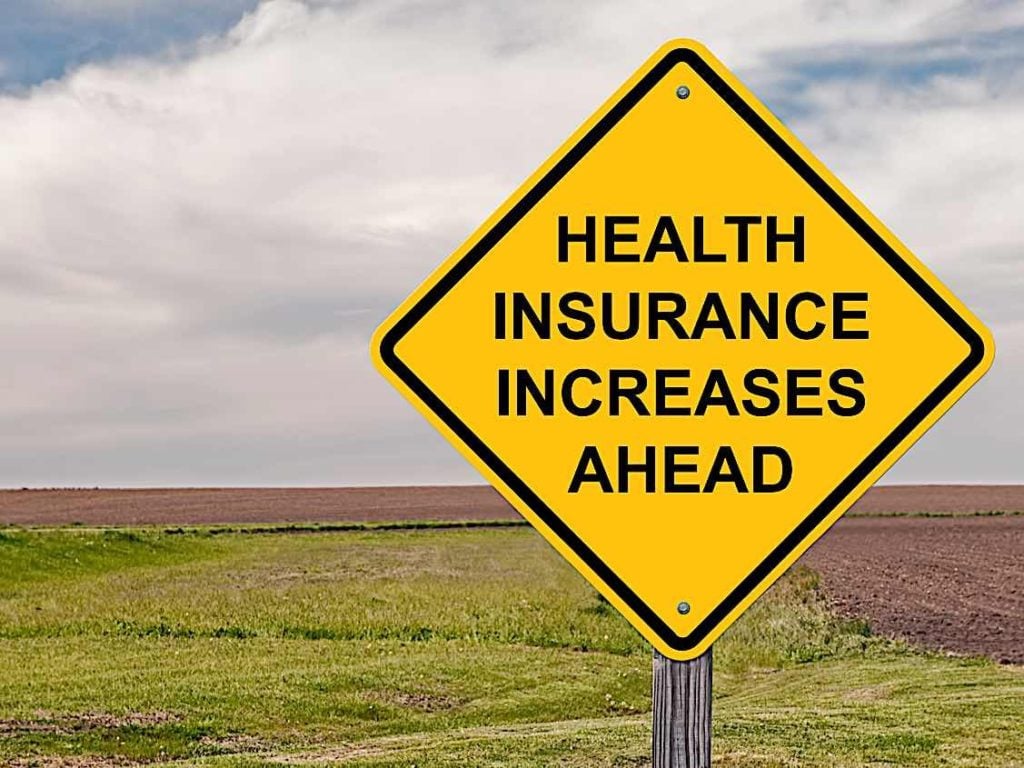
Payroll and benefits managers should budget for drug and health benefit costs to rise nearly 12 percent in 2019
Drug benefits are projected to rise, on average by 11.57 percent on renewal in 2019, with healthcare benefits also rising 11.55 percent (according to Accompass data.) Dental benefits are forecast to increase 5.62 percent.
“With good advisors, you’re going to find the rates will typically be lower for a lot of employers. We’ve certainly seen that with our own block. The carriers themselves are playing a role to help employers with cost containment,” said Chris Lee, vice-president of marketing and communications for Accompass.

The 2019 Guide to Insurer Health Trends analyzed data from ten group insurers in the country and found the rates range from 10.5 percent to 13.5 percent for the ten carrier (in alphabetical order):
- Desjardins
- Equitable Life
- Great-West life
- Green Shield Canada
- iA Financial Group
- Manulife
- Medavie Blue Cross
- RBC Insurance
- SSQ Insurance
- SunLife Financial
The weighted average trend factor for health was 11.1 to 11.7 percent yearly for the last eight years, according to the report.
Cotributing cost factors contributing to the higher employee benefits renewal rates include
-
11.55% for health
-
11.57% increases for drugs
-
5.67% for drugs
-
2.6% for salaries
-
1.9% for inflation
Do you need help managing costs on your benefits program? Contact the experts at Pivotal Solutions>>
Specialty drugs
In terms of cost management and planning, employers have to look at their strategies for minimizing increases while maximizing coverage. Especially important is the cost of some relatively high-cost speciality medications.
On the other hand, coverage is important, even for younger employees. Many employers and Payroll Managers tend to believe Millennials don’t value drugs as highly as older employees. New surveys indicate that this is not the case. In a survey of 1,500 Canadian plan members, 48 percent of Millennials rated employee health and detal as extremely important, as compared to 40 percent for all age groups.
“Millennials don’t necessarily see the benefits plan as being more or less valuable than their counterparts across other generations,” says Lee. “I think it’s an important point to make that all generations value the importance of their benefits plan and the provisions within.”
It is worth noting that the same survey indicated that employees value dental benefits the most, followed by prescription and paramedical services.
A sign of aging workforce?
Perhaps a sign of an aging work force, the leading drug claims were for Remicade, Himura and Stelwara, which are used to treat
- Rheumatoid arthritis
- Psoriatic arthritis
- Plaque psoriasis
- Chron’s disease
On the other hand, new areas of coverage, such as medical cannabis, are not being widely adopted, with less than five percent of companies offering this treatment option in the benefits.
Pharmogenetics
About 80 percent of carriers now include pharmacogenetics, to help improve targeting and efficiency of medications for some diseases. Major insurers only piloted tests on pharmagenetics in the last two years. The technology does promise to reduce financial waste.
Do you need help managing costs on your benefits program? Contact the experts at Pivotal Solutions.


 Our HR solutions experts can recommend the right mix of HR outsourced services to make your entry into Canada easier.
Our HR solutions experts can recommend the right mix of HR outsourced services to make your entry into Canada easier.  Pivotal Employment Management Services co-hires your workforce, simplifying entry of your business in Canada.
Pivotal Employment Management Services co-hires your workforce, simplifying entry of your business in Canada. 















